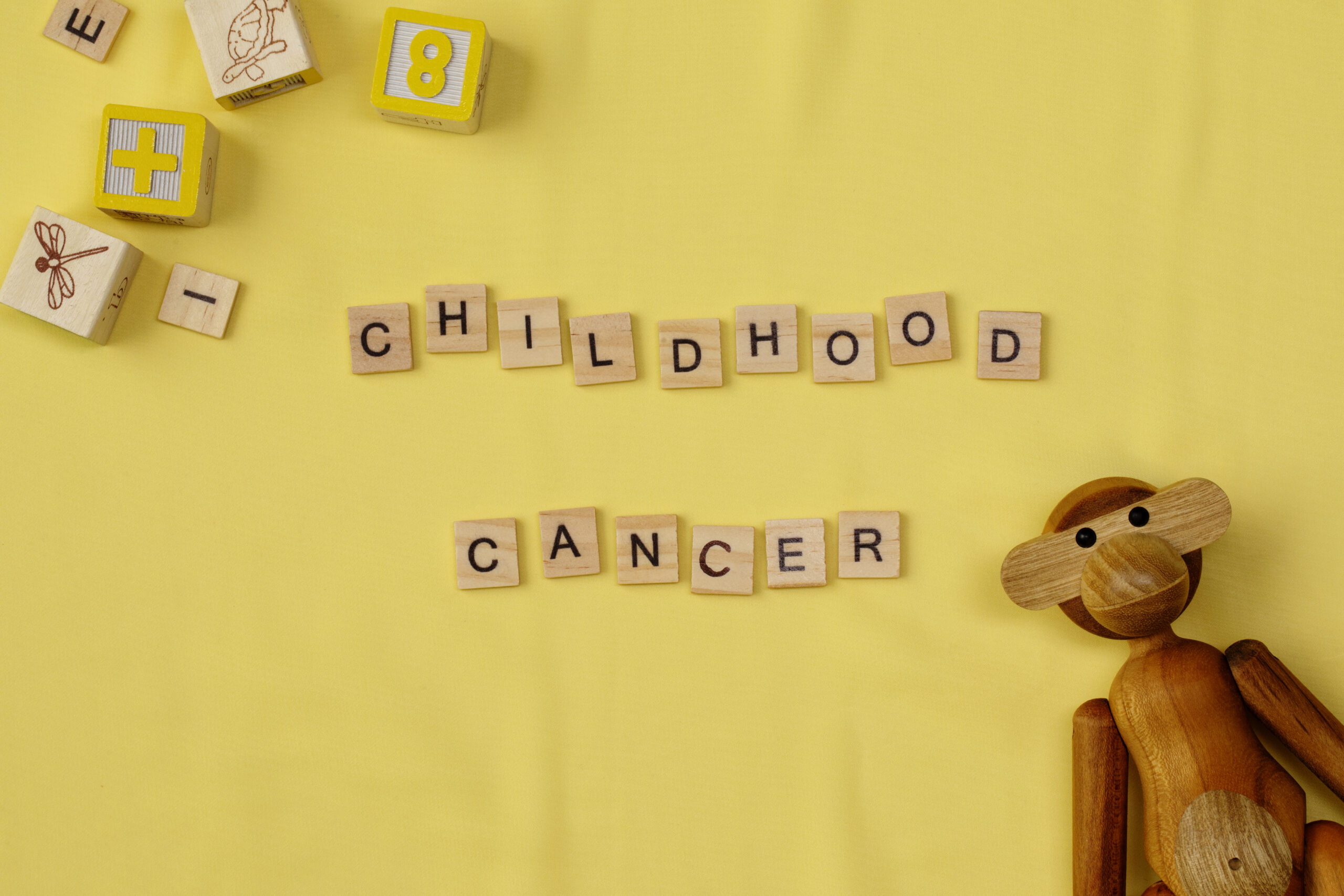Recognizing the Warning Signs of Childhood Cancer: What Parents Should Know

Childhood cancer, while relatively rare compared to adult cancer, poses a significant health challenge, and early detection is crucial for effective treatment. Parents and caregivers play a vital role in identifying potential warning signs. Understanding the symptoms can lead to earlier diagnosis and improve outcomes. Here, we explore some of the key warning signs associated with childhood cancers and what to watch for.
1. Unexplained Weight Loss
One of the first signs of potential cancer in children can be unexplained weight loss. While fluctuations in weight can be normal, a significant and sudden drop, not attributed to diet or exercise changes, should warrant further investigation. Parents should monitor their child’s weight and overall growth patterns diligently.
2. Persistent Fever
A fever that does not resolve with usual treatments or persists over an extended period can be a concerning sign. While fevers are common in childhood illnesses, a prolonged fever may indicate an underlying problem, including certain types of cancers such as leukemia or lymphoma. Parents should consult a healthcare provider if the fever persists for several days.
3. Severe Headaches
Frequent or severe headaches, particularly those that are unexplained and don’t respond to typical pain relief, can be indicative of neurological issues, including brain tumors. If a child experiences headaches that disrupt their daily activities or are accompanied by other neurological signs—such as vomiting, vision changes, or balance issues—it’s essential to seek medical evaluation.
4. Bone Pain
Bone pain is another important warning sign to be aware of, especially if it is localized (in one specific area) or persists for several weeks. While many factors can cause bone pain, such as sports injuries or growing pains, persistent discomfort can sometimes indicate bone tumors or leukemia. Parents should take note if their child complains about unusual pain that hampers their mobility or play.
5. Unusual Bruising or Bleeding
Children with cancer may experience unexplained bruising or persistent bleeding, even from minor injuries. This can result from issues affecting blood cell production, such as leukemia. If parents notice frequent bruising, petechiae (small red or purple spots on the skin), or bleeding that seems excessive or unusual, a visit to the pediatrician is warranted.
6. Changes in Vision or Eye Appearance
Signs of potential eye-related cancers, like retinoblastoma, include changes in vision, such as blurred vision or difficulty seeing at night. Parents may also notice unusual reflections in the eyes (often described as “white” pupils in photographs) or changes in the appearance of the eyes. These symptoms should prompt immediate medical attention.
7. Lumps or Swelling
Any persistent lump or swelling in a child’s body, particularly in lymph nodes, abdomen, or bones, should not be ignored. Lumps that grow over time or are painful are of particular concern. Regular checks for any unusual swellings can help in identifying potential issues early.
Conclusion
While childhood cancer remains a rarity, the importance of being vigilant cannot be overstated. Parents and caregivers should be proactive about monitoring their children’s health, being attentive to any unusual changes, and maintaining open communication with healthcare professionals. If any of the aforementioned symptoms persist or cause concern, seeking a thorough evaluation with a pediatrician is critical. Early detection can significantly influence the treatment journey and improve survival rates, making it essential for caregivers to trust their instincts and act accordingly.
(Note: This article provides a brief overview of the subject and does not substitute medical advice. If you suspect childhood cancer or require more information, consult with a healthcare professional.)



